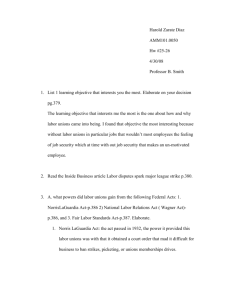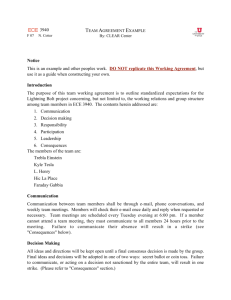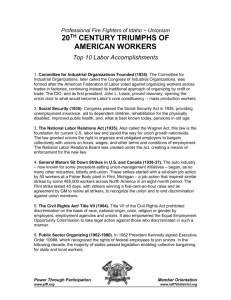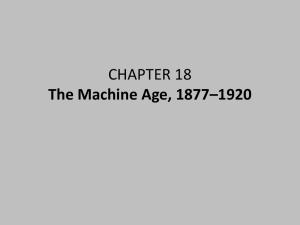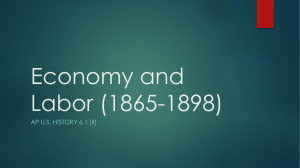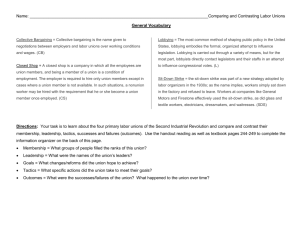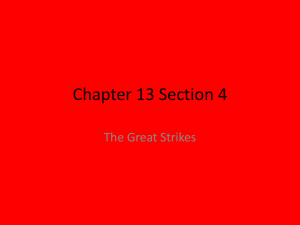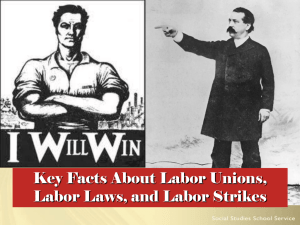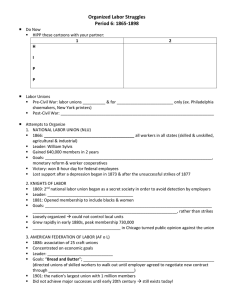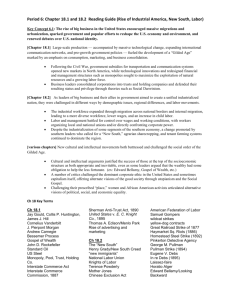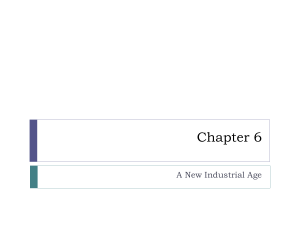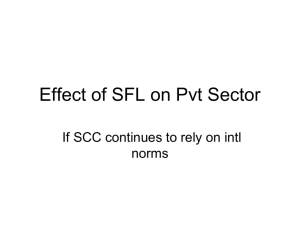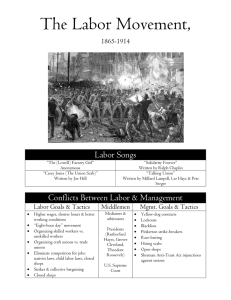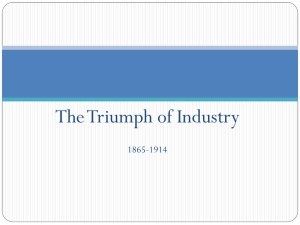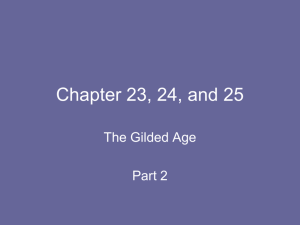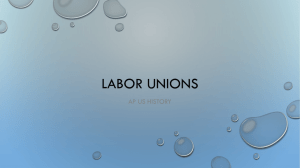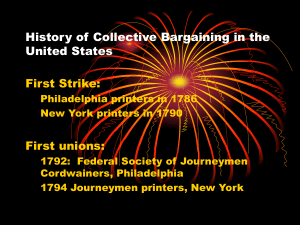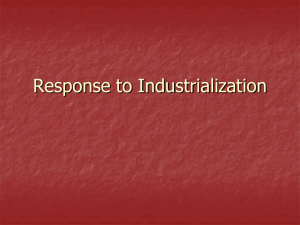Chapter 11 - FireNotes.com
advertisement
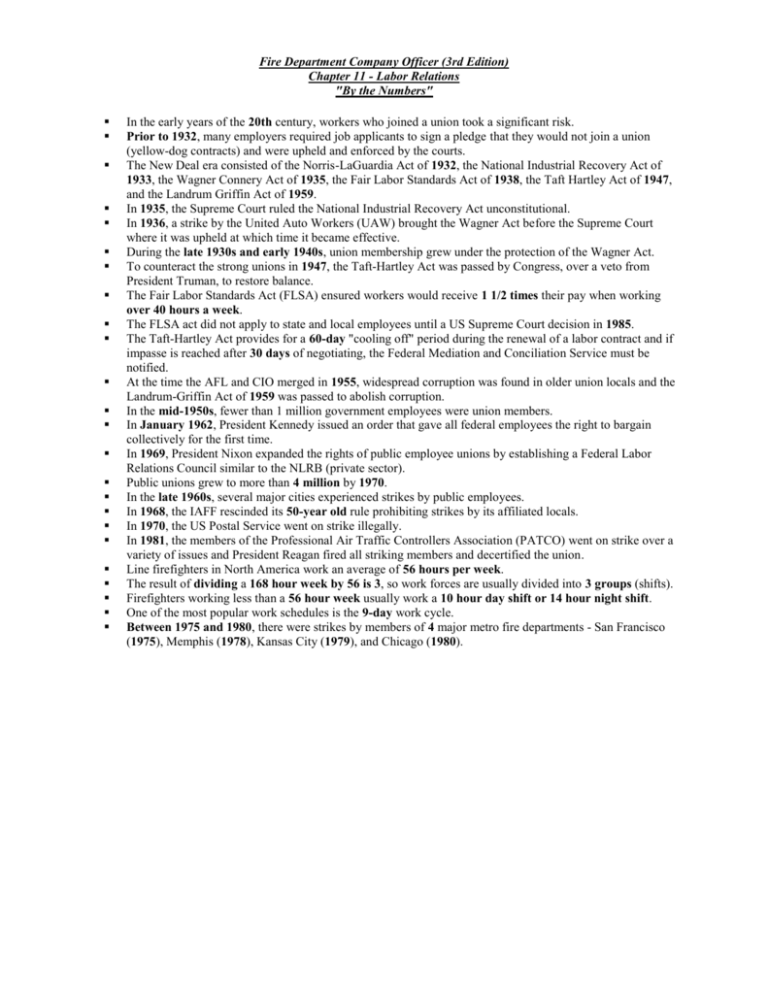
Fire Department Company Officer (3rd Edition) Chapter 11 - Labor Relations "By the Numbers" In the early years of the 20th century, workers who joined a union took a significant risk. Prior to 1932, many employers required job applicants to sign a pledge that they would not join a union (yellow-dog contracts) and were upheld and enforced by the courts. The New Deal era consisted of the Norris-LaGuardia Act of 1932, the National Industrial Recovery Act of 1933, the Wagner Connery Act of 1935, the Fair Labor Standards Act of 1938, the Taft Hartley Act of 1947, and the Landrum Griffin Act of 1959. In 1935, the Supreme Court ruled the National Industrial Recovery Act unconstitutional. In 1936, a strike by the United Auto Workers (UAW) brought the Wagner Act before the Supreme Court where it was upheld at which time it became effective. During the late 1930s and early 1940s, union membership grew under the protection of the Wagner Act. To counteract the strong unions in 1947, the Taft-Hartley Act was passed by Congress, over a veto from President Truman, to restore balance. The Fair Labor Standards Act (FLSA) ensured workers would receive 1 1/2 times their pay when working over 40 hours a week. The FLSA act did not apply to state and local employees until a US Supreme Court decision in 1985. The Taft-Hartley Act provides for a 60-day "cooling off" period during the renewal of a labor contract and if impasse is reached after 30 days of negotiating, the Federal Mediation and Conciliation Service must be notified. At the time the AFL and CIO merged in 1955, widespread corruption was found in older union locals and the Landrum-Griffin Act of 1959 was passed to abolish corruption. In the mid-1950s, fewer than 1 million government employees were union members. In January 1962, President Kennedy issued an order that gave all federal employees the right to bargain collectively for the first time. In 1969, President Nixon expanded the rights of public employee unions by establishing a Federal Labor Relations Council similar to the NLRB (private sector). Public unions grew to more than 4 million by 1970. In the late 1960s, several major cities experienced strikes by public employees. In 1968, the IAFF rescinded its 50-year old rule prohibiting strikes by its affiliated locals. In 1970, the US Postal Service went on strike illegally. In 1981, the members of the Professional Air Traffic Controllers Association (PATCO) went on strike over a variety of issues and President Reagan fired all striking members and decertified the union. Line firefighters in North America work an average of 56 hours per week. The result of dividing a 168 hour week by 56 is 3, so work forces are usually divided into 3 groups (shifts). Firefighters working less than a 56 hour week usually work a 10 hour day shift or 14 hour night shift. One of the most popular work schedules is the 9-day work cycle. Between 1975 and 1980, there were strikes by members of 4 major metro fire departments - San Francisco (1975), Memphis (1978), Kansas City (1979), and Chicago (1980).


